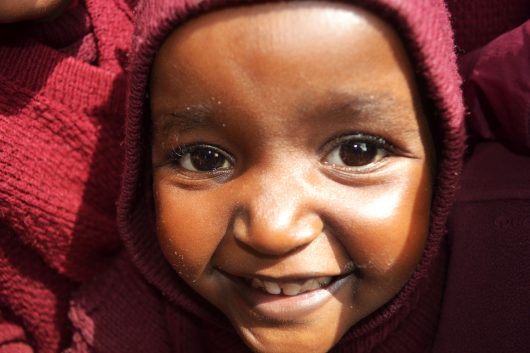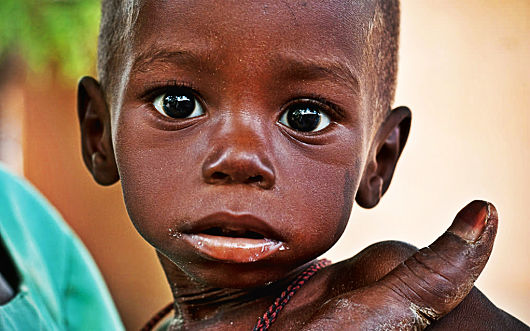 Haiti, located on the island of Hispaniola in the Caribbean, is the most impoverished country in Latin America and the Caribbean. Almost 59% of people in Haiti live below the poverty line, placing the country at position 163 out of 191 on the Human Development Index. With gross domestic product (GDP) growth at -3, the economy is contracting due to political instability, poverty, insecurity and socioeconomic issues.
Haiti, located on the island of Hispaniola in the Caribbean, is the most impoverished country in Latin America and the Caribbean. Almost 59% of people in Haiti live below the poverty line, placing the country at position 163 out of 191 on the Human Development Index. With gross domestic product (GDP) growth at -3, the economy is contracting due to political instability, poverty, insecurity and socioeconomic issues.
The country is struggling with fuel shortages, which have left many in need of necessities, a resurgence of gang violence, which has limited access to education and health services and the aftermath of a 2022 cholera outbreak. Haiti’s shrinking economy has led to past gains in poverty reduction being undone and has left the youth vulnerable to the effects of worsening poverty and gang violence.
Cité Soleil
Cité Soleil, located in Port-au-Prince, is a highly dangerous area of Haiti due to extreme poverty and gang violence. It is an impoverished area where an estimated four million children aged 5-19 are at risk of losing learning opportunities. They are also faced with violence, malnutrition and poverty, which severely impact their livelihoods and ability to learn.
The SAKALA Foundation
The SAKALA Foundation is a beacon of hope for some of the most impoverished children in Cité Soleil. As the only youth community center in the area, it offers programs to educate and develop children and young people. Its vision is to provide a safe space for young people as an alternative to violence and gangs.
The SAKALA Foundation offers education, athletics and agronomy programs. Classes in English, IT, sexual health and leadership are available, teaching important life skills and academic subjects. Sports are important to the foundation, as they are part of after-school programs and day camps. The initiative stresses sports as a vehicle for community development. Therefore, it offers boys and girls a range of sports. SAKALA’s agronomy program focuses on teaching the youth agroecology and nutrition, leadership skills and sustainable development.
Haiti’s Education Sector
SAKALA’s programs offer children and young people the opportunity to learn important academic, professional and personal skills. For children living in areas controlled by armed groups, accessing education is difficult due to a lack of qualified teachers and forced school closures. In some of the most harrowing instances of gang violence, shootouts occur in schools as gangs and police use them as a base.
The disruption to education is clear and SAKALA’s importance is also clear. Providing a haven for some youth and allowing them to learn and grow among the chaos drives the foundation. Through a partnership with the Global Fund for Children, the foundation covers school fees for 160 local youth, helping them break the cycle of poverty through education.
The Future of Cité Soleil
Without economic stimulus and political stability, addressing the situation in Cité Soleil is difficult. This is where charities, foundations and existing schools can be the key to progress in the immediate future. Due to the lack of economic opportunities in the region, education is one of the only paths out of poverty. This means that schools that are operating and foundations like SAKALA are important in helping children and young people out of their predicament.
– Lauren Alkhalil
Lauren is based in London, UK and focuses on Good News for The Borgen Project.
Photo: Flickr




 The
The 
 When focusing on the fight against poverty, hunger and malnutrition are two things that are frequently brought up. People tend to have an awareness of the concepts along with their prevalence, yet many facts tend to be ignored in discussions relating to malnutrition. Discussed below are the leading facts about malnutrition and their implications.
When focusing on the fight against poverty, hunger and malnutrition are two things that are frequently brought up. People tend to have an awareness of the concepts along with their prevalence, yet many facts tend to be ignored in discussions relating to malnutrition. Discussed below are the leading facts about malnutrition and their implications.